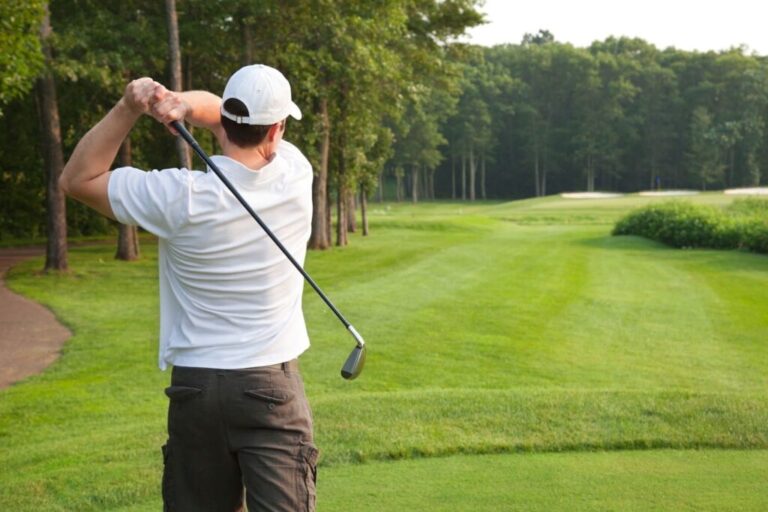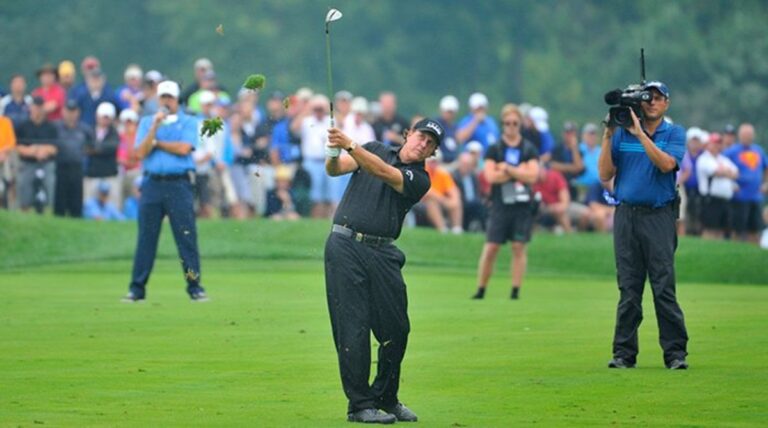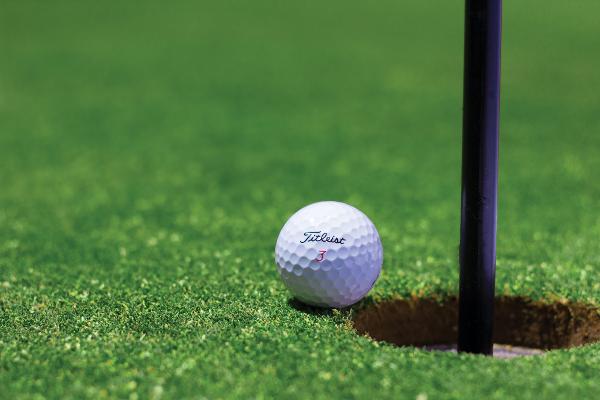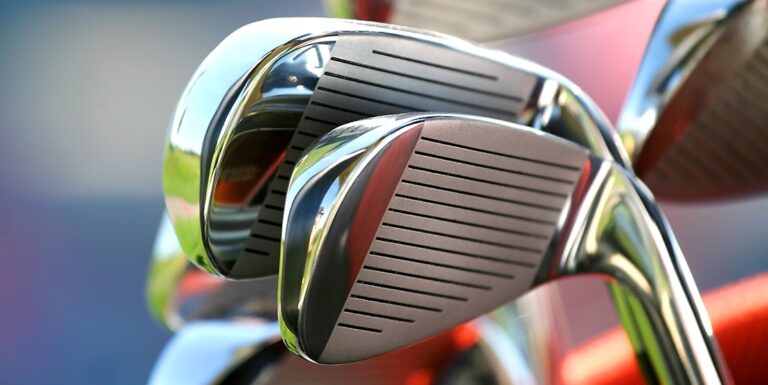
Football, often referred to as “the beautiful game,” is as much about strategy and positioning as it is about skill and flair. Every player on the pitch has a specific role to play, and each position contributes uniquely to a team’s performance. In this guide, we break down the key football positions, explain their roles, and explore how different formations impact tactics and gameplay.
Main Football Positions and Their Roles
Goalkeeper
Primary Role:
The only player allowed to use their hands within the penalty box, the goalkeeper is the last line of defense.
Responsibilities:
- Stop shots on goal
- Organize the defense
- Distribute the ball effectively
- Command the penalty area during set pieces
Defenders
Centre-Back (CB)
- Positioned centrally in the back line
- Strong in aerial duels and tackling
- Focused on marking strikers and clearing danger
Full-Back (Left-Back and Right-Back)
- Positioned on the outer flanks of the defense
- Defend against opposing wingers
- Provide support to midfielders and deliver crosses
Wing-Backs
- Operate similarly to full-backs but with more attacking duties
- Common in formations with three central defenders
- Require high endurance to support both attack and defense
Midfielders
Defensive Midfielder (CDM)
- Sits just ahead of the defenders
- Breaks up opposition play and intercepts passes
- Acts as a deep-lying playmaker
Central Midfielder (CM)
- A box-to-box player contributing to both defense and attack
- Distributes passes and maintains possession
- Controls the game’s tempo
Attacking Midfielder (CAM)
- Operates behind the striker(s)
- Creates chances and assists goals
- Often the creative heart of the team
Wingers (Left Wing and Right Wing)
- Positioned on either side of the midfield or forward line
- Stretch the play wide and beat defenders
- Provide crosses and cut inside for shooting opportunities
Forwards
Striker (ST)
- Main goal scorer
- Leads the attacking line
- Exploits defensive gaps and finishes chances
Second Striker or Support Forward (SS)
- Drops deeper than the striker
- Links up midfield and attack
- Creates space and assists with scoring chances
Popular Football Formations and Tactical Effects
4-4-2 Formation
- Two banks of four with two strikers
- Balanced approach to defense and attack
- Relies on wide midfielders for crossing and width
4-3-3 Formation
- Three forwards apply high pressure
- Central midfield trio controls possession
- Full-backs push up to add width in attack
3-5-2 Formation
- Three central defenders and two wing-backs
- Strong midfield presence
- Offers a mix of solidity and offensive support
4-2-3-1 Formation
- Two holding midfielders protect the defense
- One central attacking midfielder links play
- Offers tactical flexibility and stability
Tactical Adaptations in Modern Football
- False Nine: A forward who drops into midfield to confuse defenders
- Inverted Wingers: Wingers who cut inside to shoot with their stronger foot
- High Pressing: Midfielders apply pressure high up the pitch to regain possession quickly
- Overlapping Full-Backs: Full-backs who support attacks by overlapping wide players
Conclusion
Football positions are not just titles—they reflect a player’s function, movement, and influence on the match. From the goalkeeper’s organization to the striker’s instinct, each position plays a vital role. Whether you’re a casual fan or an aspiring player, understanding these roles and formations will deepen your appreciation of the game.






